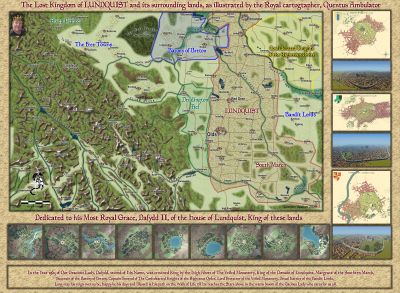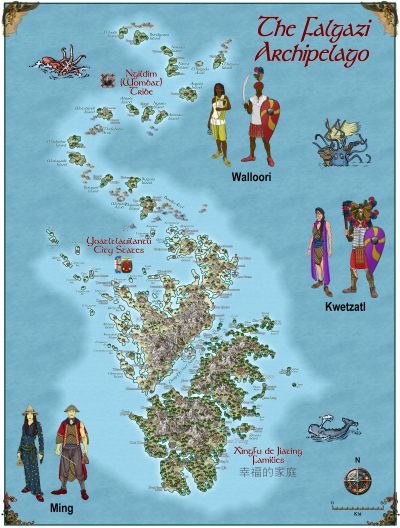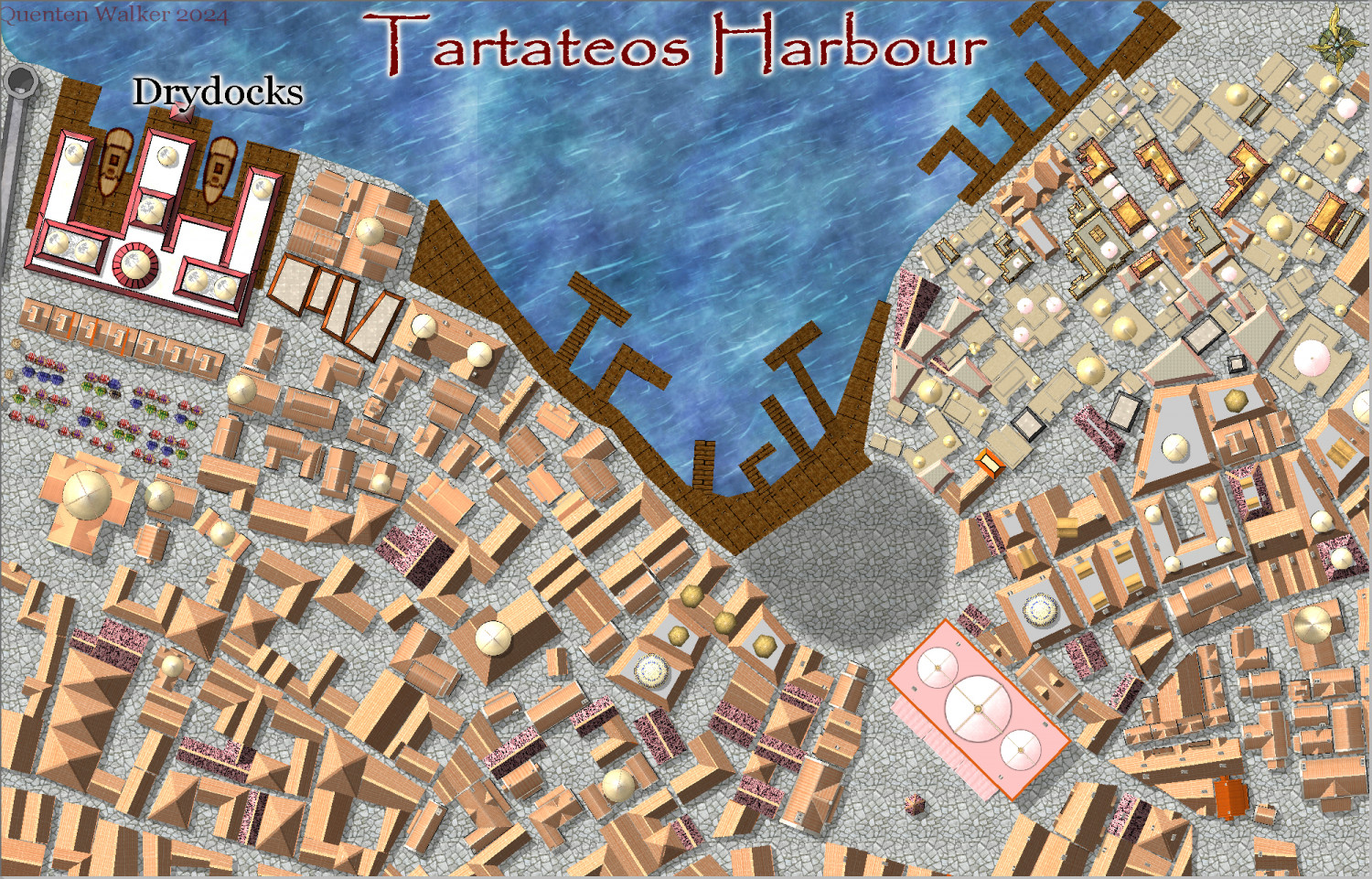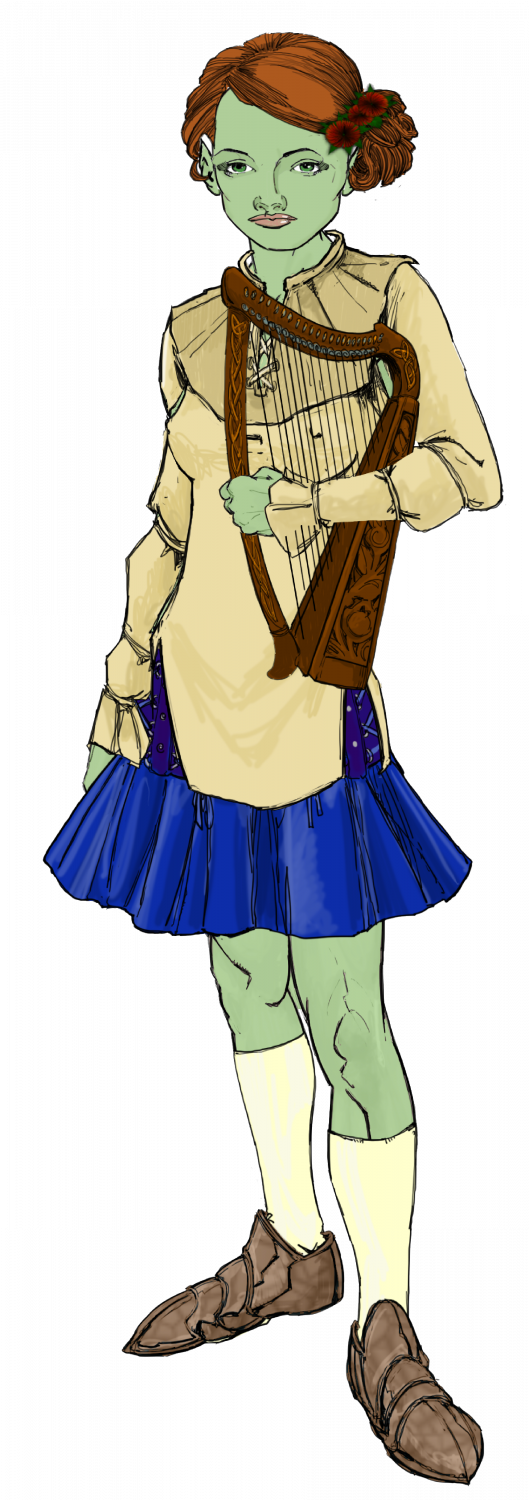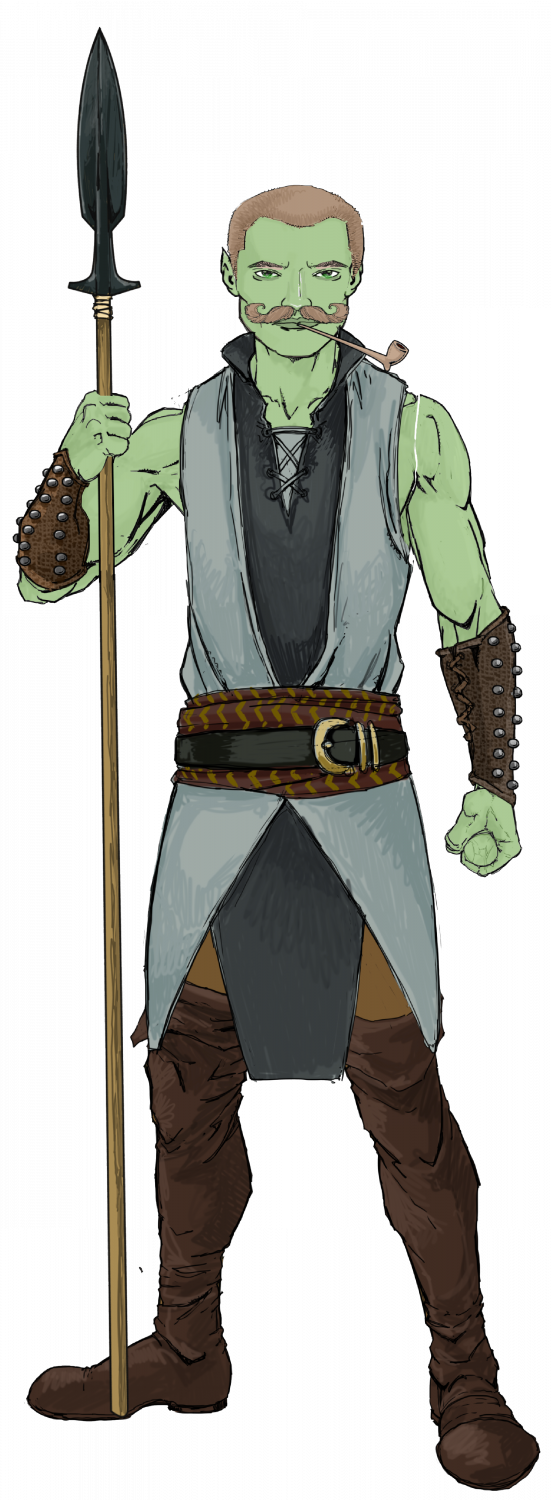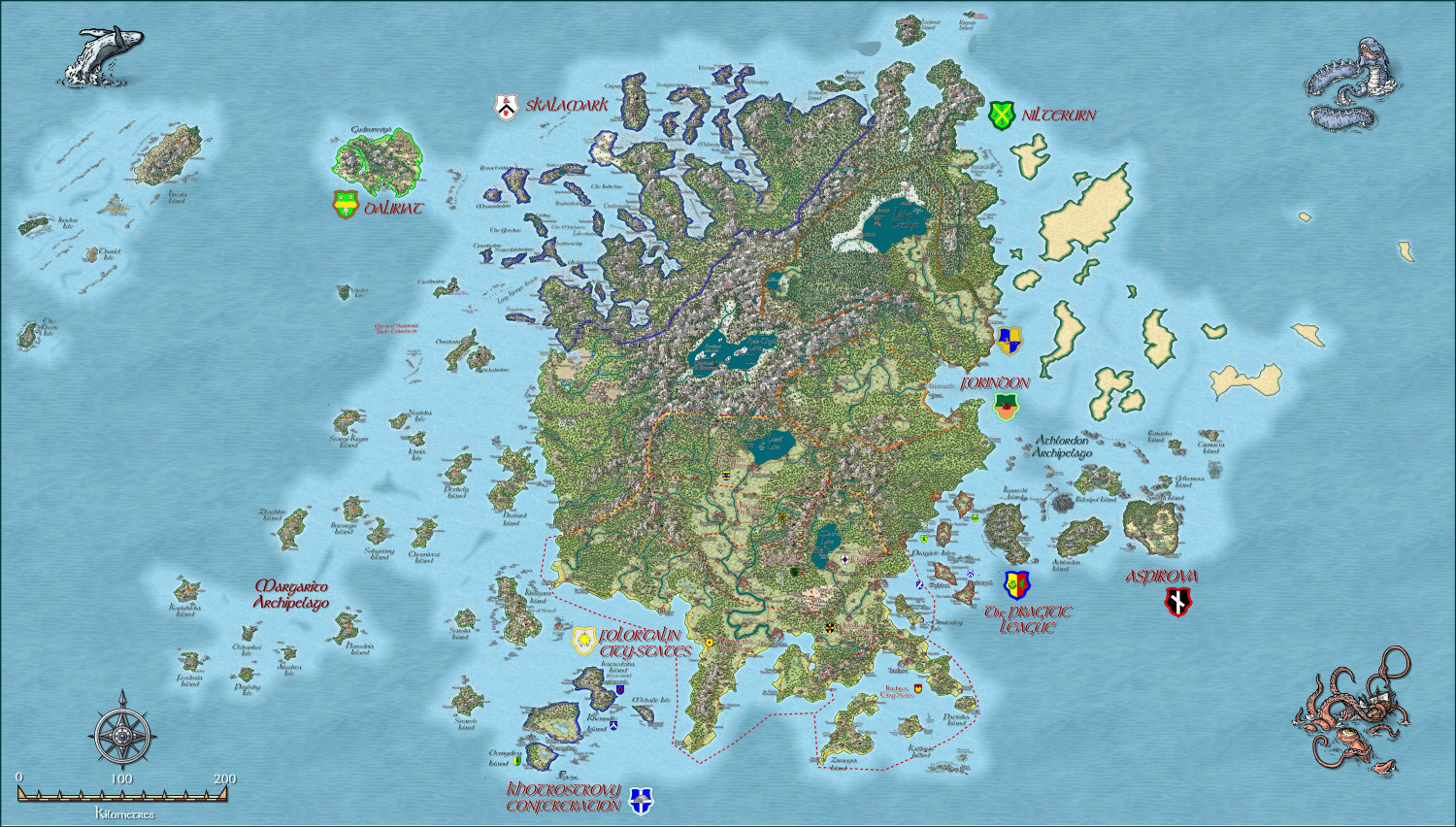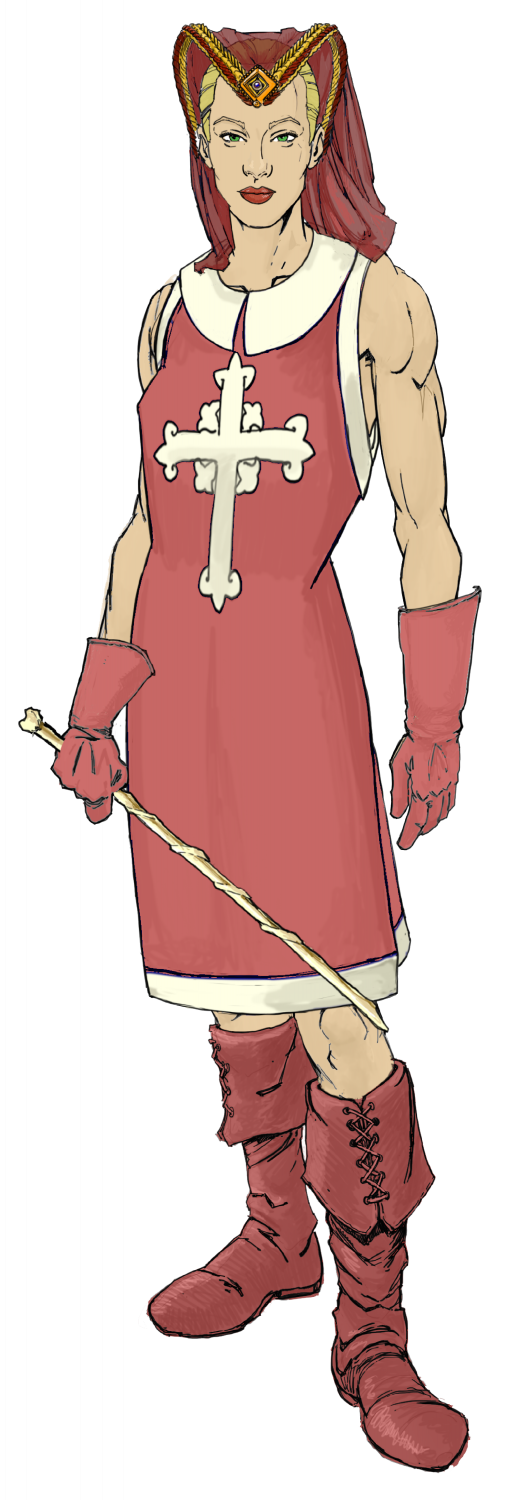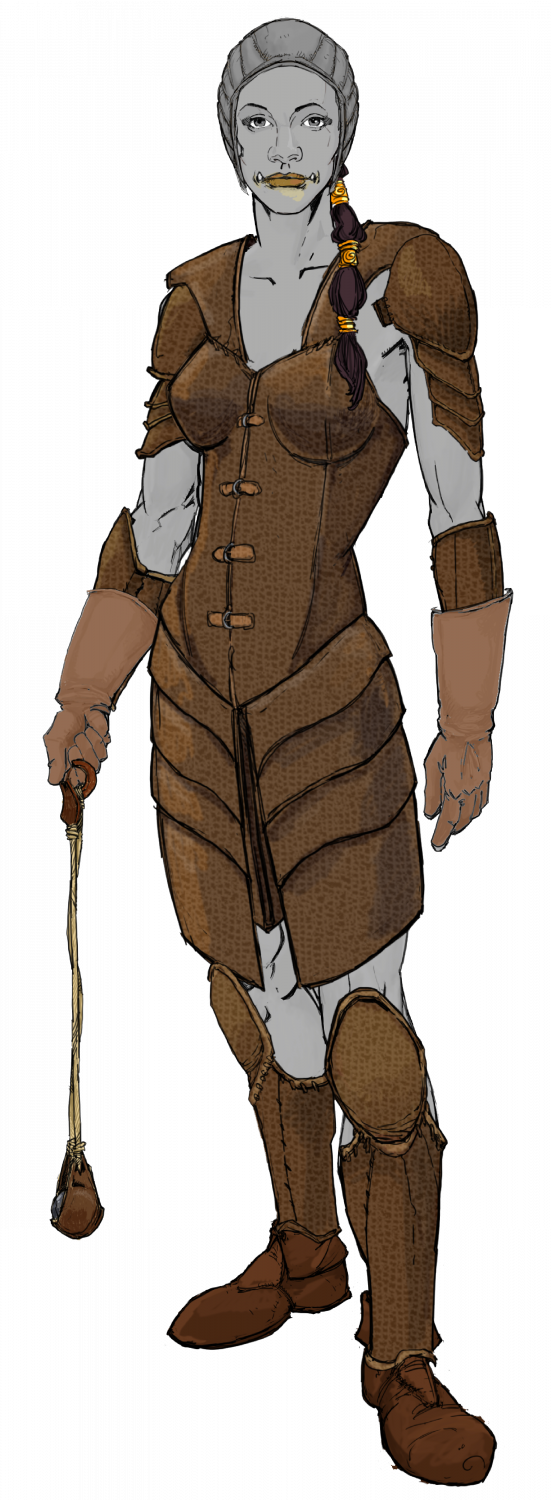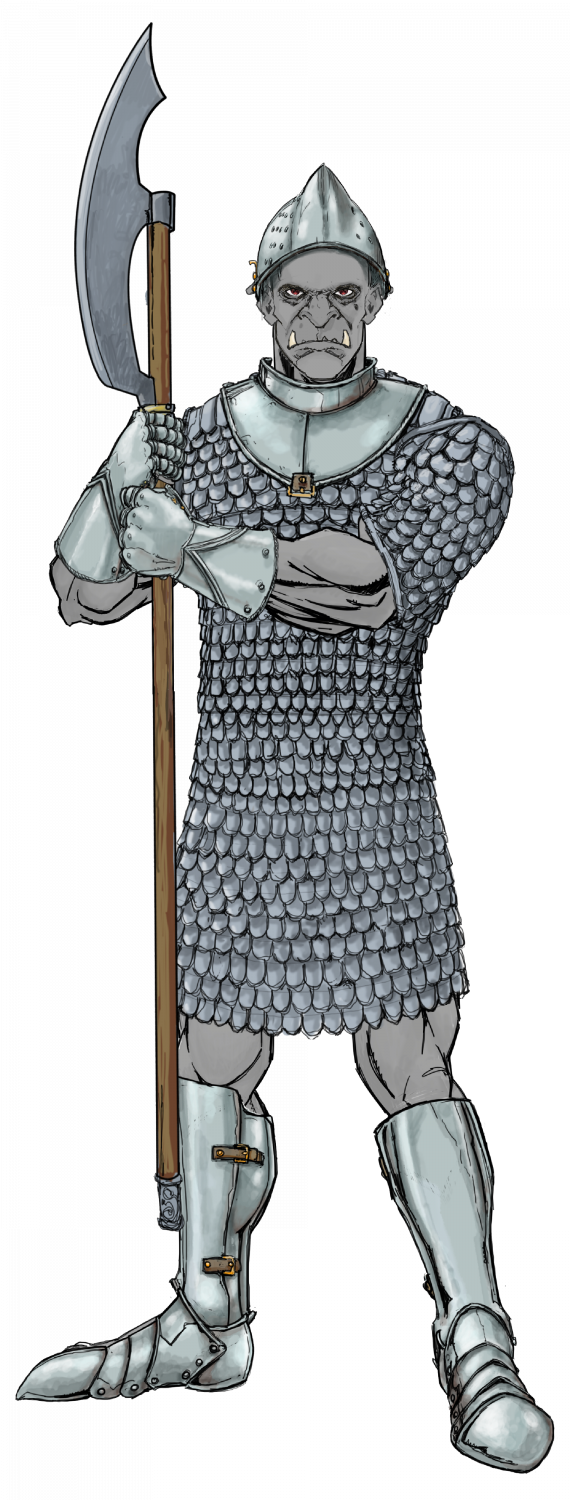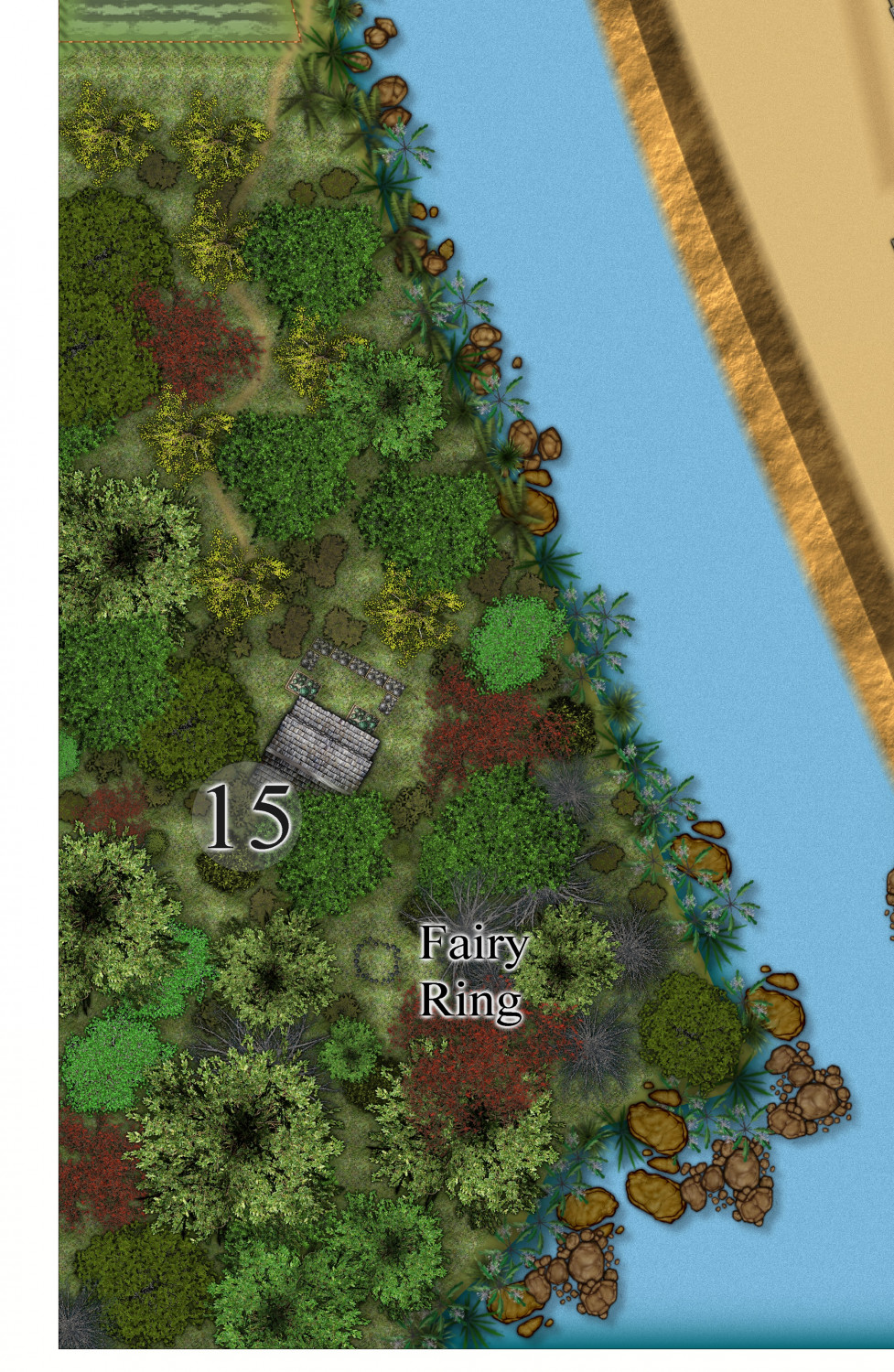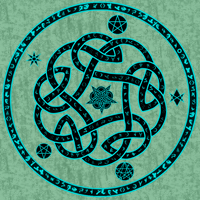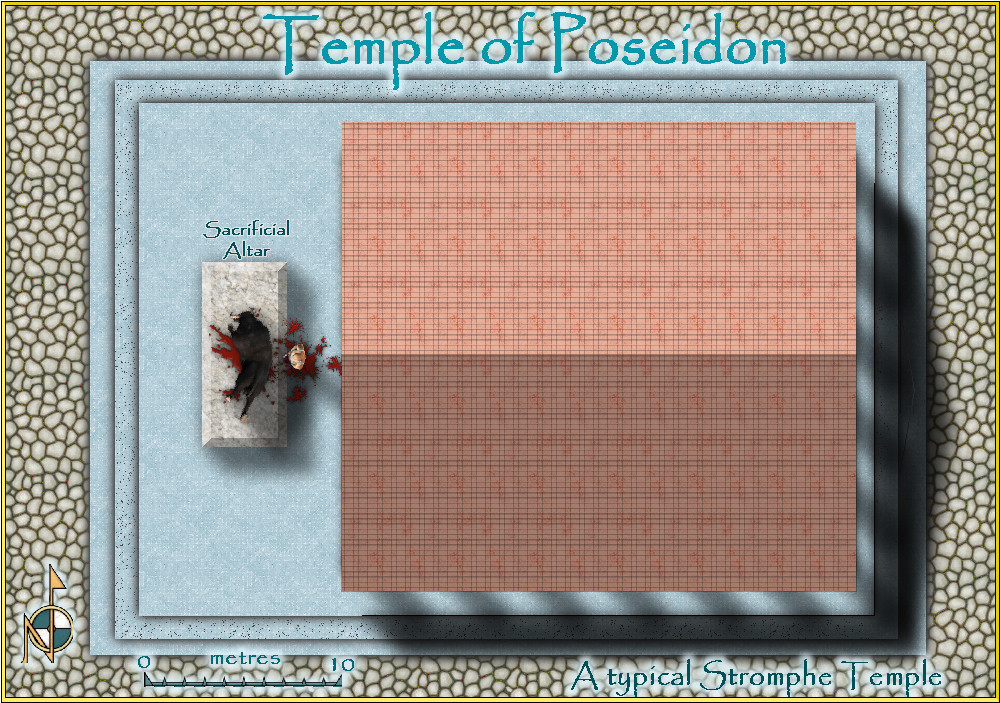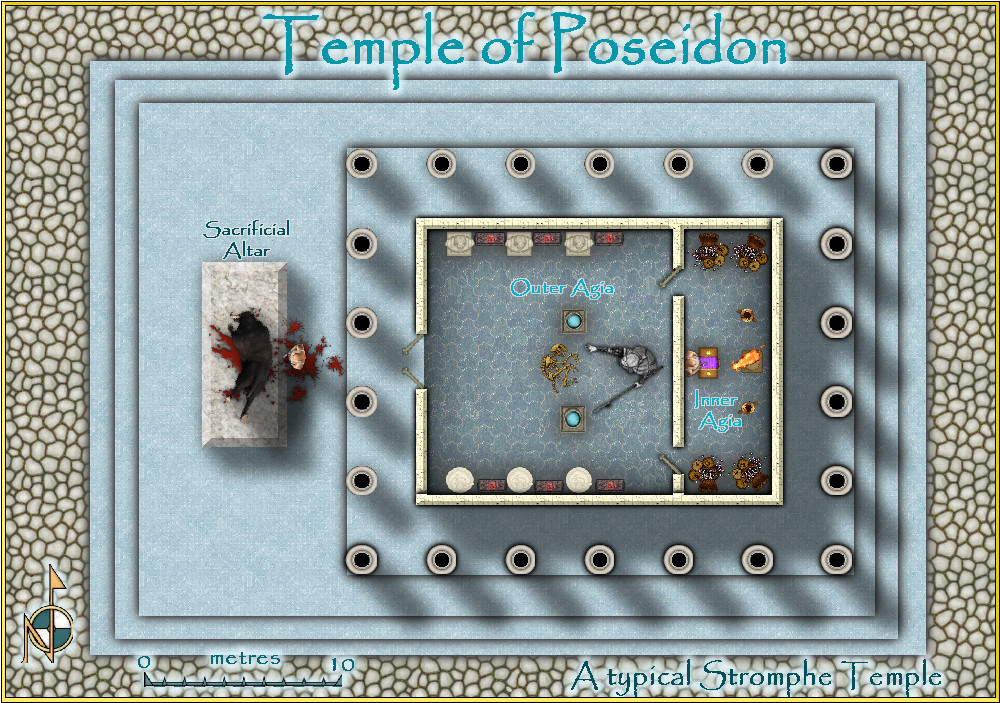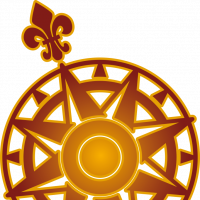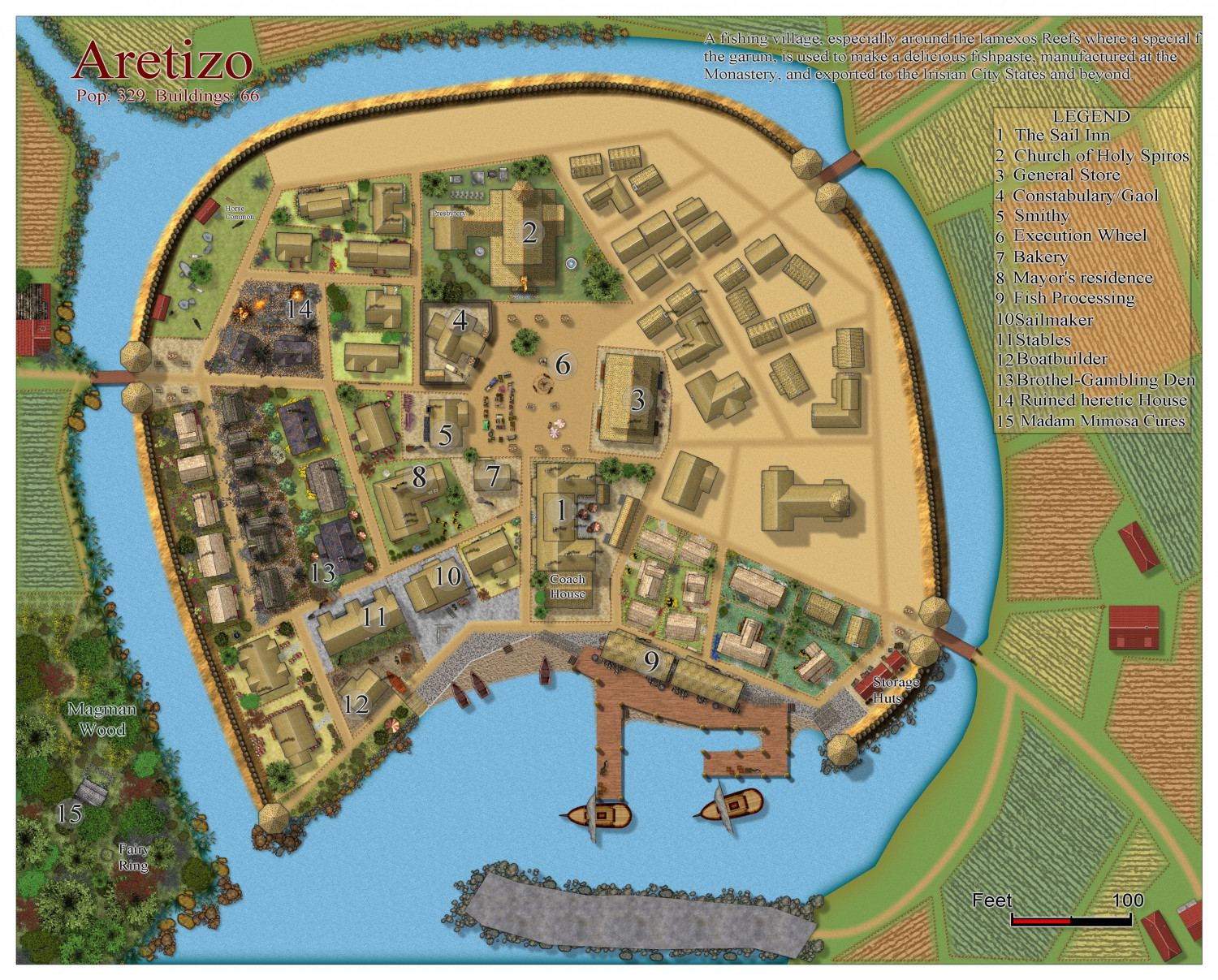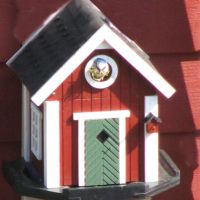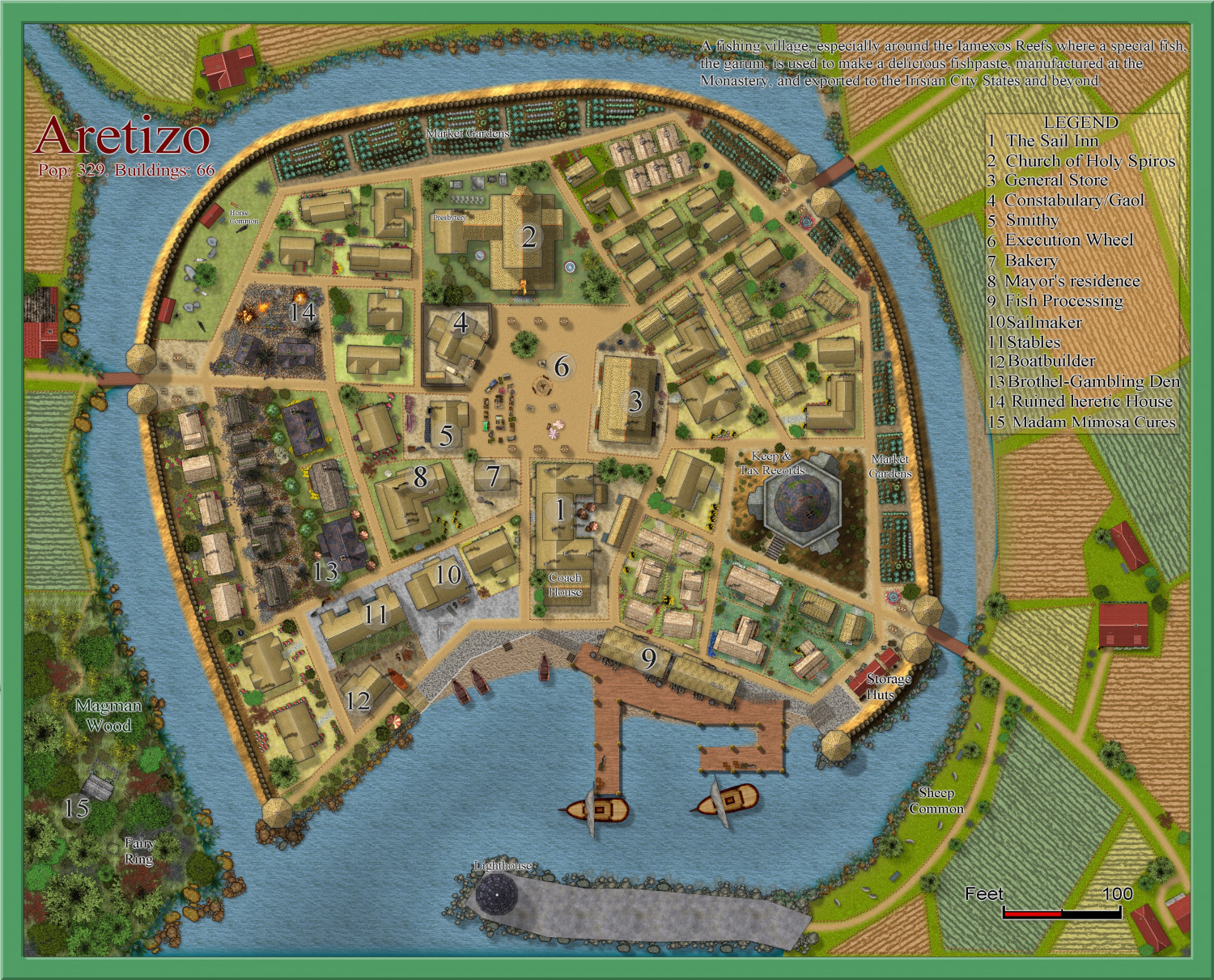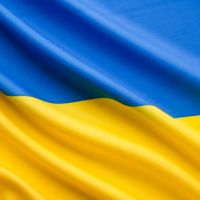Quenten
Quenten
About
- Username
- Quenten
- Joined
- Visits
- 7,200
- Last Active
- Roles
- Member
- Points
- 2,860
- Birthday
- November 29, 1950
- Location
- Australia
- Real Name
- Quenten Walker
- Rank
- Mapmaker
- Badges
- 16
Reactions
-
Community Atlas City of Tartateos - Shipyards District
-
Ukadarlia
-
Hardin region of Myirandios
-
Ukadarlia
-
Ukadarlia
Finally, the Grimir - the 'orcs' of Ukadarlia. They have grey skin and protruding lower canines. They are otherwise another human variant. Both the Aeifa and Grimir can interbreed with each other and the other human ethnicities; however, the pregnancies are likely to miscarry about 50% of the time, and the progeny have about a 20% chance of a genetic flaw - eg cleft lip, club foot, extra digit, accessory nipples, large birthmarks, etc.
-
Watabou City REVISED (annual 157)
I have now converted all the IMPORT into the appropriate sheets using the Change Like Draw Tool Command only.
Remember to set the correct Sheet and Layer for each Change like Draw Tool command.
eg Rivers and Seas (Lakes): Sheet WATER/RIVERS, Layer Water/Rivers
Roads and Squares: Sheet ROADS or ROADS PAVED, Layer Roads. Note that Square Paved cannot be used in Change Like Draw Tools since it has a macro attached. I may change this later if I can find a paving that doesn't need alignment.
Parks: Sheet PARKS, Layer Vegetation.
Docks: Sheet DOCKS, Layer Docks
Walls: Sheet WALLS, Layer Walls (Note: I have done away with the City Wall Layer). I am still not happy with the crens for the walls - now they hardly show. I will fix that.
Towers: Sheet TOWERS, Layer Walls. No longer need to draw these without the Change Like Draw Tools command. And it means no guessing as to the size required.
Bridges: Sheet BRIDGES, Layer Bridges
Fields: Sheet FIELDS, Layer Vegetation. The furrows align to how the generator drew the fields. So often, not a very intuitive direction. However, if you want to use the tool directly to draw fields, the tool does align the furrows (which are Hatch symbols) correctly. In the picture below, I have done this with the bottom right hand field.
Buildings: Sheet SYMBOLS BUILDINGS, Layer Buildings, or any of the Building layers you wish to use, eg Bldng (House 1)
I generally advise doing the Buildings last, as you can then Hide all sheets except Import and Symbols Buildings (with the latter being the selected one). This will then show only the buildings you need to convert.
I have also added buildings on top of the Palace, and smaller towers on the towers around the Palace.
Comments and suggestions really welcome.
-
[WIP] Community Atlas Competition - Artemisia - Spiros Isle - Aretizo village
-
Mars Ultor
I also did a temple in the Community Atlas, if interested. With and without roof.
atlas.cdn.monsen.cc/atlas/artemisia/hi/typical temple.png
-
[WIP] Community Atlas Competition - Artemisia - Spiros Isle - Aretizo village
-
[WIP] Community Atlas Competition - Artemisia - Spiros Isle - Aretizo village


